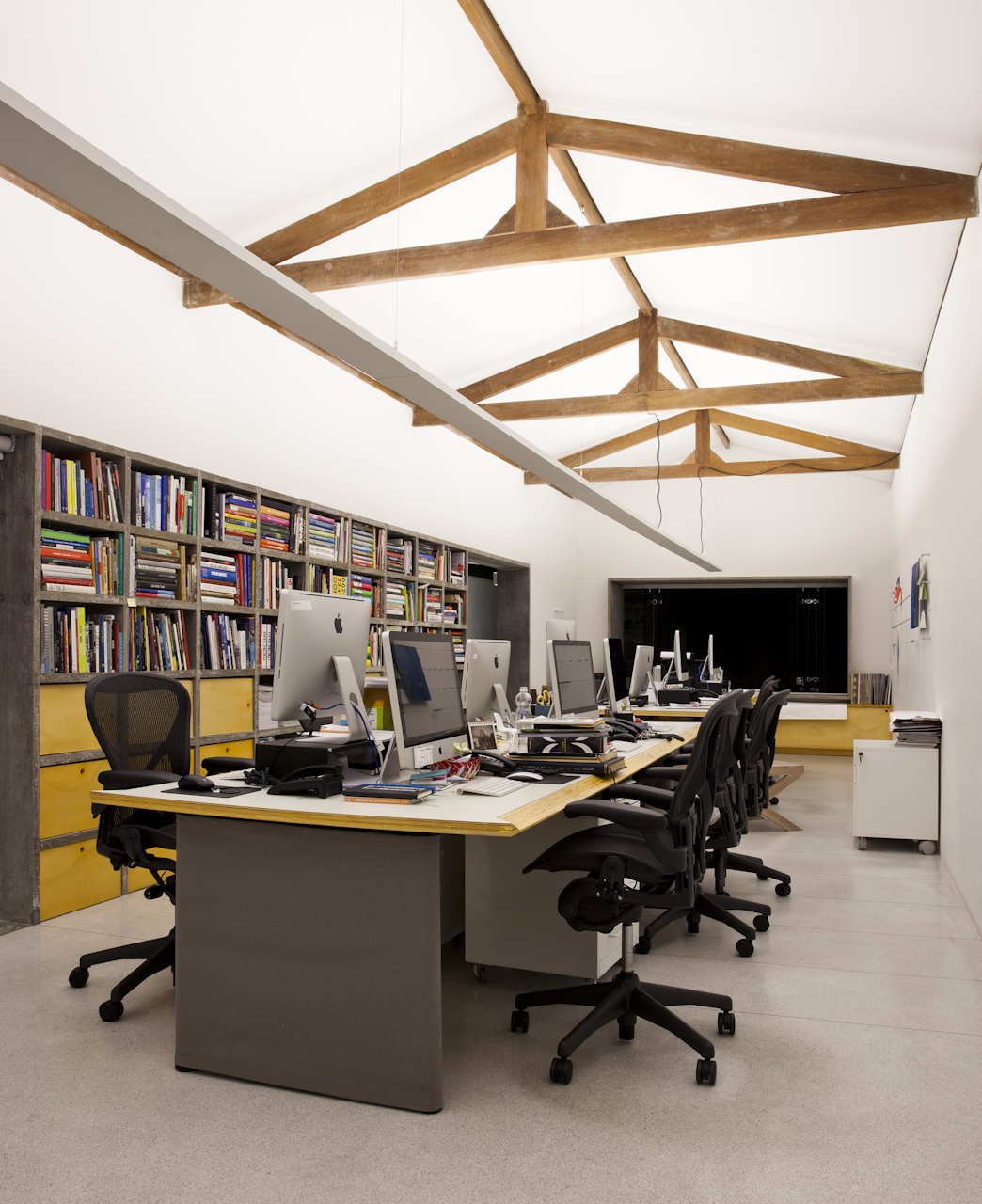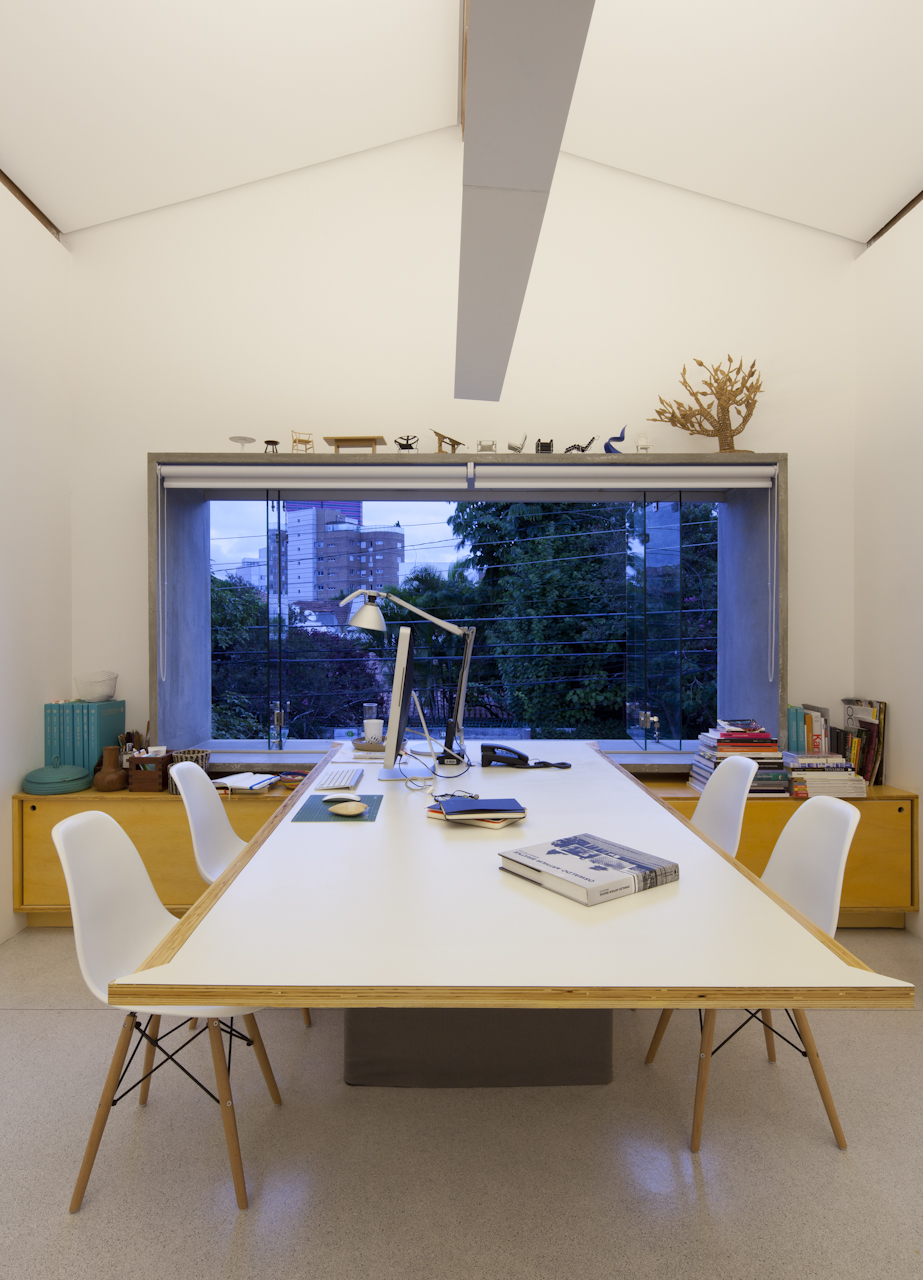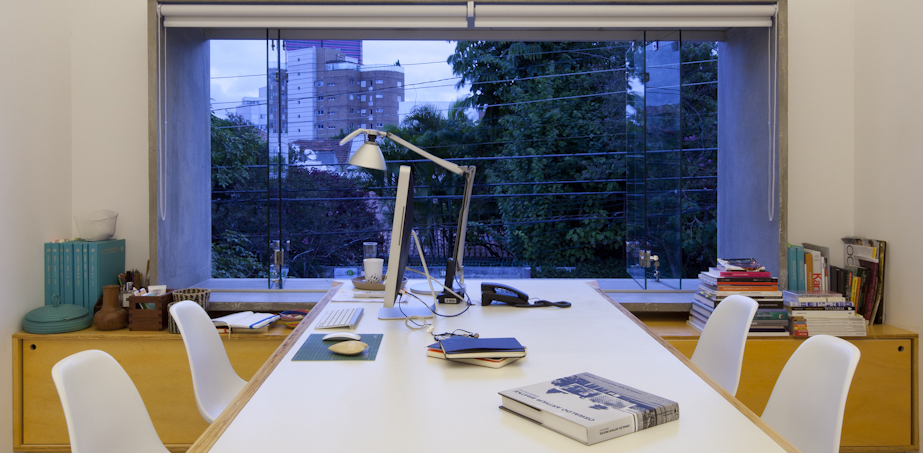Evelyn Lee is a Start-up Advisor in the Tech Space, Angel Investor, Founder of Practice of Architecture, and Host of the podcast Practice Disrupted. She is a prominent speaker on architectural practice evolution, technology integration, and diversity in AI, dedicated to guiding the profession into new horizons.
In “return to office conversations,” firm leaders say that maintaining their firm culture was incredibly hard during the pandemic, especially when everyone was remote. Social gatherings on Zoom were not the same as in person; onboarding new employees remotely is challenging; having interns and training those fresh out of school is hard.
However, culture didn’t go away when we all left the office; it changed, and I intend to interpret these conversations as a longing for leaders to return to the old culture and, in turn, the old ways of doing things. Rather than looking back, it is important to take this moment in time to redesign culture as we move forward.
The following is Part I of a three-part series looking at the need to overhaul culture from the ground up.
- Part I, this article, defines culture and explores recent events that bring to light the necessity of cultural change at an industry level.
- Part II takes a deeper look at the history of organizations working to change the profession’s culture for over a decade and provides conversational starters on moving the profession forward.
- Part III looks at changes in the workplace cultures beyond architecture and lessons we can apply to our industry to help support a new culture in architecture going forward.
Defining Culture
Culture is a relatively ambiguous word and means a lot of different things to individuals, but it is often one of the top reasons firm leaders give when they talk about the need for their people to return to their office. Similarly, university professors struggled with engagement without an in-person learning environment for architecture students. However, the culture within a firm or school does not manifest only when people gather together.

Atelier Luis Anhaia by Zemel+ ARQUITETOS, São Paulo, Brazil Photo by Maíra Acayaba
For our purposes, we’ll use the same organizational culture definition as the Stanford Graduate School of Business Professor of Management, Charles O’Reilly, and Associate Dean of Academic Affairs at the Haas School of Business, Jennifer Chatman:
“Organizational culture is a set of norms and values widely shared and strongly held throughout the organization.”
Ultimately culture boils down to how leadership and employees at firms, and professors and students in schools, interact with one another and, as an extension, their clients and communities.
For culture to “eat strategy for breakfast” and be levered for business purposes, it needs to be approached intentionally and be defined by values (according to the Culture500 research project, a joint endeavor between MIT’s Sloan School of Business and Glassdoor).
In most architecture firms, culture is developed organically. Even though a firm may have a written values statement, it doesn’t necessarily play out meaningfully beyond words in an employee handbook or company website. If you asked most individuals in firms today to tell you what the firm’s values are, most employees would struggle to give you a response.
However, when culture is developed organically, it takes on similar characteristics of the firm’s leadership’s previous experience. In other words, the culture within architecture firms becomes reflective of an industry-wide problem that was started as students at university, with adjunct professors running their studios the same way they run their firms.
Ultimately, the culture of the profession becomes known for:
- Long hours, late nights, and little sleep
- Low pay, and sometimes no pay, especially for overtime work
- Inequitable treatment of our workforce, including students
- Internal competition (that often shows up in the form of bullying)
- Lack of transparency and the sentiment that you need to “pay your dues” or “earn your stripes” to get access

Atelier Luis Anhaia by Zemel+ ARQUITETOS, São Paulo, Brazil Photo by Maíra Acayaba
Questioning Culture
For over a year, conversations about the culture within the industry have been quite topical, often making headlines here in the US because of the above and for all the wrong reasons.
- In December of 2021, the AIA released their study into bias in the Architecture Profession, The Elephant in the (Well-Designed) Room.
- Within the same week, the New York Times released an article about employees at SHoP Architects bid to unionize, only to drop their efforts two months later.
- Shortly after, in April of 2022, SCI-Arc’s controversy over labor practices made headlines in the Los Angeles Times.
- Most recently, in February of 2023, Architecture Newspaper published an article speaking with “SO-IL about its controversial job posting and wider structural issues in the profession” that honestly left critics even more concerned about the lack of business acumen and poor leadership within the field.
Simultaneously, across the pond:
- In Feb of 2022, the Future Architects Front sent a letter supported by 1,800 signatures to RIBA calling for changes within the organization and industry geared towards more equitable and fair labor practices within Architecture.
- Also, in February, Architect’s Journal released its investigative findings from a survey of more than 1,5000 individuals in the industry, bringing labor issues to light, especially unpaid overtime.
- In June of 2022, a report by legal consultancy Howlett Brown revealed the “toxic learning and teaching culture” at the Bartlett School of Architecture.
- In August of 2022, RIBA elected Muywa Oki, a candidate put forth by the Future Architects Front, in a large effort to change the organization’s culture and profession.
- Most recently, in January of 2023, RIBA published their Education White Paper calling for educational reform that “removes barriers and offer shorter and more flexible modes of study.”

Atelier Luis Anhaia by Zemel+ ARQUITETOS, São Paulo, Brazil Photo by Maíra Acayaba
Why is Culture Extra Important Now?
If Culture is essential to ensure the profession thrives in the future, and these truths are systemic, why is the culture conversation more important than ever, and why are these conversations coming forward now?
Thanks to the pandemic, individuals have been resetting their priorities, the importance placed on family, and their health and well-being relative to their work. In particular, the Pandemic has:
- Raised awareness around mental health and overall wellbeing
- Created a reconsideration of the role that works plays in people’s lives
- Heightened awareness around social issues as well as equity in the workplace.
These trends are not specific to the architecture industry and are frequently associated with accelerating the period we are now in, also known as the Great Resignation or the Shesession, which means that Culture is more important now than ever.
Also, now in its 11th edition, the Deloitte 2022 Millineal and Gen Z survey shows that Millennials, who are entering leadership positions in firms, and Gen Z, who are beginning to enter the workforce, are calling for deep positive change far more than previous generations.
The question is no longer When will change happen?, but whether or not the profession can continue to stand still while the world around us is changing so quickly.
However, this isn’t the first time that culture has been questioned, as it has been identified as a long-standing problem. In Part Two of this series, we’ll look at the history of those attempting to change the culture in architecture schools and within firms and what firm leaders can do to begin developing culture intentionally.
This article is Part I of a three-part series looking at the need to overhaul culture from the ground up.
- Part I, this article, defines culture and explores recent events that bring to light the necessity of cultural change at an industry level.
- Part II takes a deeper look at the history of organizations working to change the profession’s culture for over a decade and provides conversational starters on moving the profession forward.
- Part III looks at changes in the workplace cultures beyond architecture and lessons we can apply to our industry to help support a new culture in architecture going forward.
Architects: Want to have your project featured? Showcase your work through Architizer and sign up for our inspirational newsletters.









